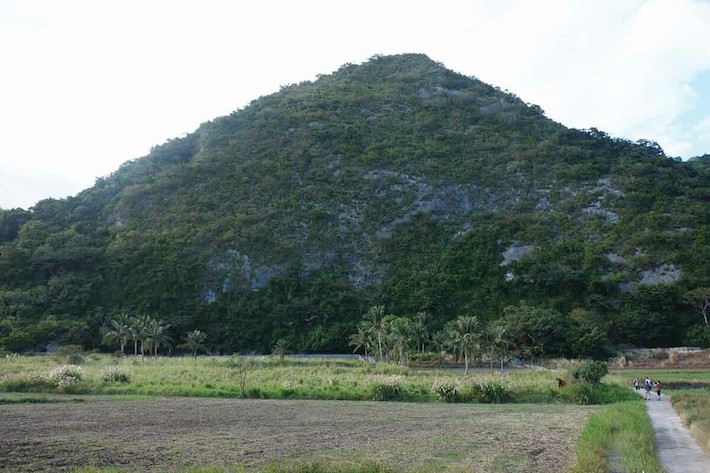 CANBERRA, AUSTRALIA—Phys.org reports that an international team of researchers including Hsiao-chun Hung of the Australian National University, Hirofumi Matsumura of Sapporo Medical University, and Lan Cuong Nguyen of the Vietnam Academy of Social Sciences has recovered stone tools and a 6,000-year-old human skull and leg bones from the Xiaoma Caves in the mountains of eastern Taiwan. Analysis of the bones suggests they belonged to a young woman who stood just over four feet tall, and resembled people of the so-called Negrito ethnic groups of the Philippines and Southeast Asia. The researchers suggest she may have been a member of an Indigenous group that perhaps disappeared before Austronesian groups began arriving in Taiwan, while noting that 15 of the 16 Austronesian groups living on the island today have legends describing small people who lived in the mountains. One group even claims to have wiped them out some 1,000 years ago. Documents dating to the Qing Dynasty also mention such a group of people. Read the original scholarly article about this research in World Archaeology. To read about a 4,000-year-old settlement recently unearthed in Kenting National Park, go to "Around the World: Taiwan."
CANBERRA, AUSTRALIA—Phys.org reports that an international team of researchers including Hsiao-chun Hung of the Australian National University, Hirofumi Matsumura of Sapporo Medical University, and Lan Cuong Nguyen of the Vietnam Academy of Social Sciences has recovered stone tools and a 6,000-year-old human skull and leg bones from the Xiaoma Caves in the mountains of eastern Taiwan. Analysis of the bones suggests they belonged to a young woman who stood just over four feet tall, and resembled people of the so-called Negrito ethnic groups of the Philippines and Southeast Asia. The researchers suggest she may have been a member of an Indigenous group that perhaps disappeared before Austronesian groups began arriving in Taiwan, while noting that 15 of the 16 Austronesian groups living on the island today have legends describing small people who lived in the mountains. One group even claims to have wiped them out some 1,000 years ago. Documents dating to the Qing Dynasty also mention such a group of people. Read the original scholarly article about this research in World Archaeology. To read about a 4,000-year-old settlement recently unearthed in Kenting National Park, go to "Around the World: Taiwan."
Hunter-Gatherer’s Skull Found in Taiwan
